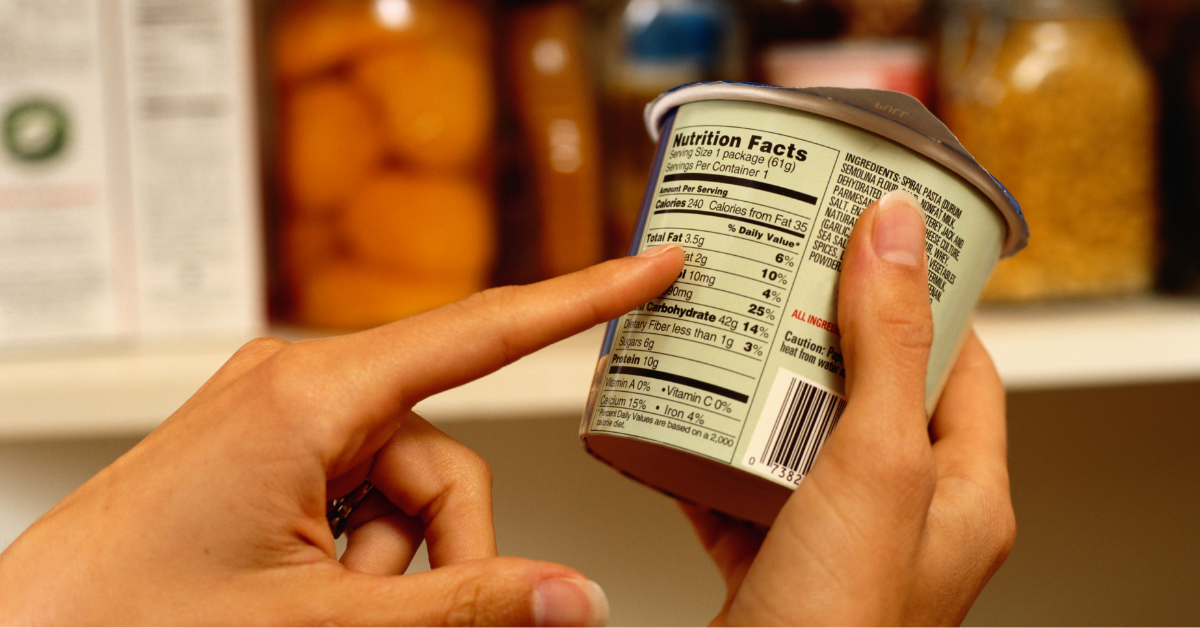Ever wonder how much sugar is really in your food? Here are five tips to help navigate complex food labels.
It’s easy to avoid the bakery and skip the candy aisle. But is there sugar hiding in your bread, canned goods, cereal or other packaged foods? Food labels can be overwhelming, so how do you spot the added sugars? Use these five tips from Tryon Medical Partners Gaston to help you navigate food labels.
1. Sugar is called by many names
Food manufacturers call sugar by more than 60 different names! They range from dextrose and maltodextrin to more attractive terms like sugar cane crystals or sorghum syrup. Ingredients listed on the food label that end in “ose” are forms of sugar, such as fructose, sucrose, maltose and dextrose.
Others can include the following:
- Brown sugar
- Confectioners powdered sugar
- Corn syrup
- High-fructose corn syrup (HCFS)
- Honey
- Maple syrup
- Molasses
- Agave nectar
- Raw sugar
2. Look for the word “includes”
Recently, the Food and Drug Administration mandated that manufacturers must list added sugars in grams and as a percentage of the Daily Value. Now food labels have the word “includes” before added sugars to indicate that added sugars are included in the number of grams of total sugars in the product.
3. Natural or added sugar
Fruits and vegetables naturally contain sugar and shouldn’t be avoided as they benefit your health, but excess sugar has been linked to obesity, increased heart disease and cancer. For most of us, added sugars come from sweetened beverages, baked goods, desserts and sweets.
4. Know your recommended daily amount of sugar
Most food labels list ingredients in grams, and this can make it hard for the average person to translate into a daily amount. When reading the food labels, remember four grams of sugar is equal to one teaspoon. The American Heart Association recommends women consume no more than six teaspoons and men no more than nine teaspoons of sugar per day.
5. Read the label top to bottom
Items on food labels are listed in order from largest to smallest quantity. If one or more of the names for sugar are at the top of the list, that’s a sign that the product is high in added sugar. For instance, products with sugar content that is five percent of the daily value or less are considered low in sugar, and those with 20 percent or more of the daily value are considered high in sugar.
While these tips may not have you reading labels like a nutritionist, they will help you spot added sugars faster. Remember, a limited amount of added sugars can be included as part of an overall healthy diet. Making sure you eat a well-balanced diet that includes healthy choices from each of the food groups, reading nutrition labels and scheduling regular checkups with your trusted physician can help you make the most informed dietary choices.

